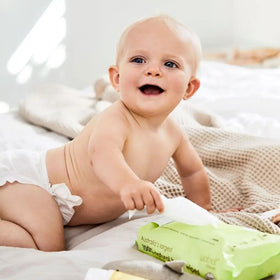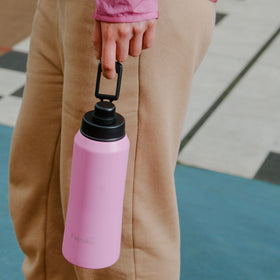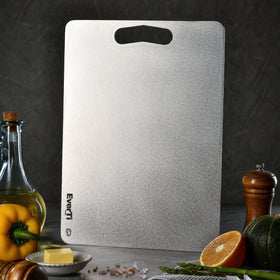
How to Dress Baby For Bed

Babies need help to regulate their body temperature
They're tiny bundles of helpless cuteness that have many things to learn, one of which is how to regulate their body temperature. Too hot and your baby is at risk of overheating and SIDS. Too cold, and they'll wake up and cry. Then your baby won't sleep and neither will you! Some signs to look for when your baby is too warm include flushed cheeks, sweating (particularly around the head and face) and feeling their skin - their chest should be warm to touch, not hot and sweaty. It's okay for baby's extremities to feel cool, but not cold. It's been suggested that being too cold may be responsible for some babies who struggle to put on weight - all those calories are working hard to keep baby warm instead of working towards their growth. So how do you get their temperature right?
Start by checking the room temperature in the nursery
Remove some of the guesswork by testing the room temperature and working out whether you need to go warmer or colder. The ideal room temperature is between 16-20 degrees Celsius. Use this as a guide only, keeping in mind that all babies are different and also remembering that the temperature during the ungodly hours of the early morning will be cooler than when you first put your baby to bed. If you aren't able to monitor the temperature overnight, having your baby sleep in the same room as you also helps you become aware of the temperature in the room by taking note if you wake up kicking off the blankets or pulling them up nice and tight. If you're somewhere like North Queensland, you may need a fan or an air conditioner to get the temperature down. If you're somewhere more southern like Victoria, you may need to consider heating the nursery so it's not too cold (but not too hot - try to keep it in that 16-20 degrees celsius range).
Clothing is as important as bedding
Natural fibres for clothing and bedding will breathe better, helping your baby to regulate his body temperature. Warmth is better provided through clothing and bedding than heating the room temperature with heaters. Bedding such as baby sleeping bags with fitted neck, armholes or sleeves help to ensure that blankets don't creep up around the face and head. If you're using blankets, remember to tuck the blankets so that baby can't slip down under them and cover his face.
Here's a SIDS bedding amount recommended for safe sleep on the amount of bedding to use. So if using blankets, the key is to dress your baby warm enough so that they don't freeze if their blankets end up somewhere down around their feet. A general rule of thumb is to dress your baby how you would dress to feel comfortable, plus another layer. Remember to leave their head uncovered, as this is where heat is released if baby is too warm. Many manufacturers of baby sleeping bags and other baby bedding also provide the TOG unit for their products, which is a measurement of thermal resistance or warmth of the bedding. The table below offers a seasonal guide as to how to dress your baby for bed according to the room temperature in your nursery.
The ergoPouch Guide: check out the ergoPouch range of baby swaddles and sleepbags on Hello Charlie.











